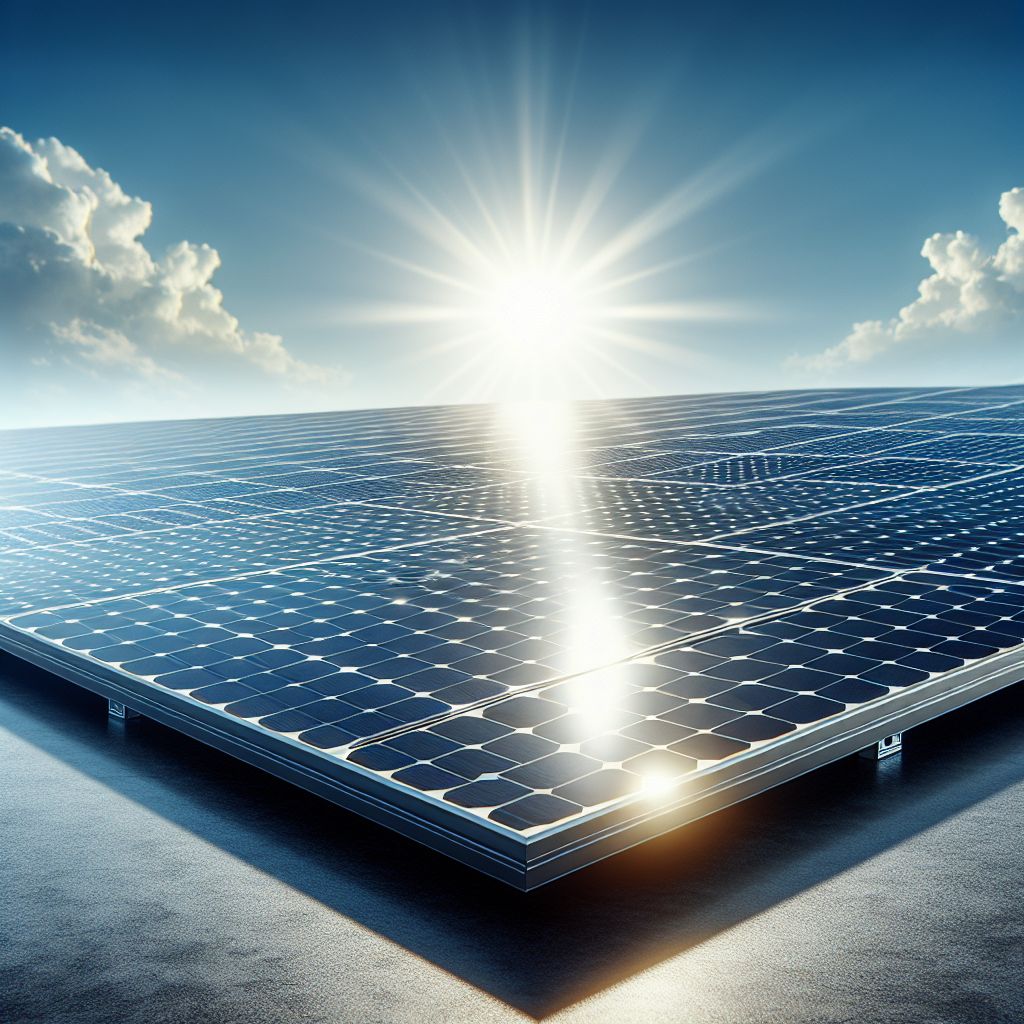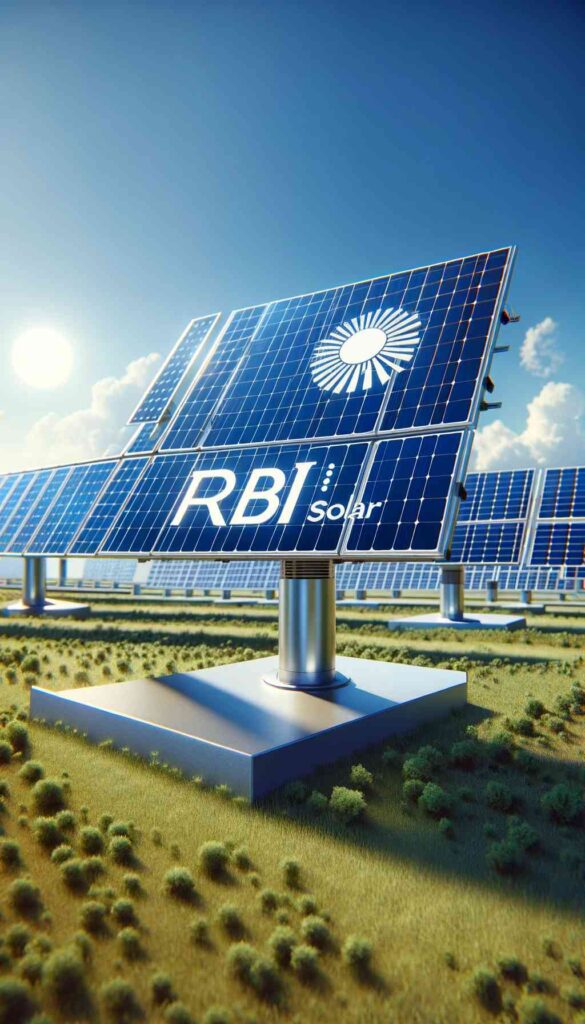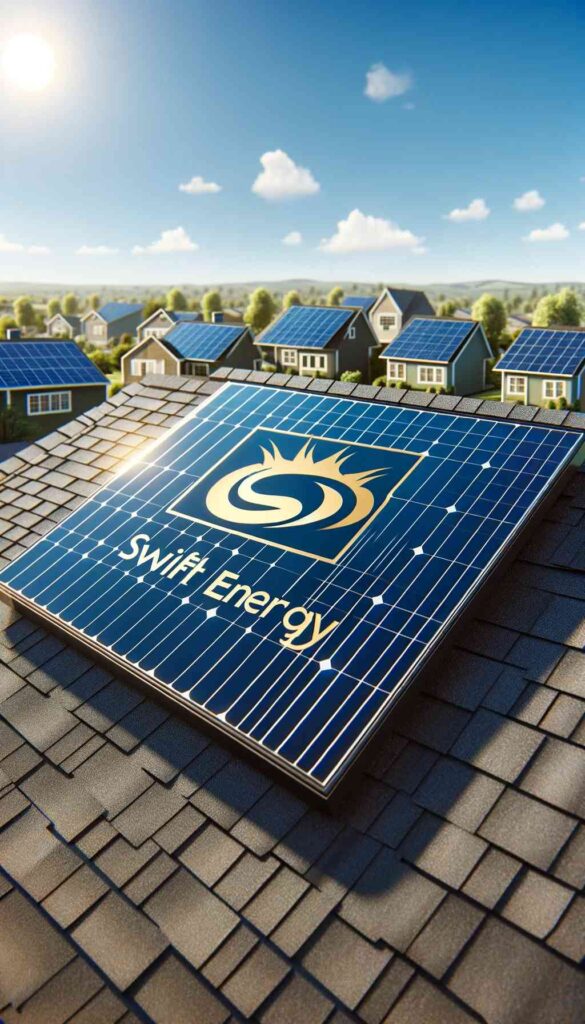Key Takeaways
- 60-cell solar panels are typically used in residential settings, measuring about 3.25 feet by 5.5 feet, and weighing around 40 pounds.
- 72-cell solar panels are better suited for commercial installations, offering higher power output and measuring approximately 3.25 feet by 6.42 feet.
- 96-cell panels provide the highest efficiency but can be unwieldy to install due to their larger size.
- The number of cells in a solar panel affects its power output, size, and suitability for different applications.
- Choosing the right solar panel depends on space availability, energy needs, and budget considerations.
Comparing 60, 72, and 96 Cell Solar Panels
When it comes to solar panels, one size does not fit all. Each type, whether it be 60, 72, or 96-cell panels, has unique features that make them suitable for different applications. Understanding these differences can help you make an informed decision about which panel is right for your needs.
Let’s delve into the specifics of each type of panel to uncover what sets them apart and how they can best serve your energy requirements.
Solar Panels Quick Comparison
| 60 cell-panels | 72 cell-panels | 96 cell-panels | |
| Dimensions and Weight | 3.25 feet by 5.5 feet in size and weighs 40 pounds | 3.25 feet by 6.42 feet in size and weighs 60 to 70 pounds | 6.8 feet by 3.4 feet in size and weighs 70 to 80 pounds |
| Suitability | Residential installations | Larger homes and businesses | Commercial and large-scale residential applications |
| Efficiency and Energy Output | Typically offer an output of 350 to 400 watts | 415 to 450 watts | 400 to 600 watts |
Why Cell Count Matters in Solar Panels
The number of cells in a solar panel significantly impacts its efficiency, power output, and physical size. More cells generally mean more power, but they also increase the panel’s dimensions. This makes the cell count a critical factor in deciding which panel fits best for your specific installation space and energy goals.
60-Cell Solar Panels
60-cell solar panels are a popular choice for residential installations due to their balanced combination of size, weight, and power output. They typically feature a 6×10 grid of cells, making them compact and easy to handle.
These panels offer a practical solution for those who want to transition to solar energy with minimal installation hassle.
Typical Dimensions and Weight
60-cell panels measure approximately 3.25 feet by 5.5 feet, making them a manageable size for most residential roofs. They usually weigh around 40 pounds, which is light enough for straightforward installation yet sturdy enough to withstand various weather conditions.
Suitability for Residential Use
Because of their size and efficiency, 60-cell panels are ideal for residential use. They fit well on most roof types and provide sufficient power for the average household’s energy needs. This makes them a cost-effective choice for homeowners who want to invest in renewable energy.
Besides their manageable size, these panels are easier to install than their larger counterparts, often requiring less structural reinforcement. This can reduce both the time and cost associated with installation, making them an attractive option for those new to solar energy.
Efficiency and Energy Output
60-cell solar panels typically offer an output of 350 to 400 watts, which is ample for most residential applications. Their efficiency, combined with their compact size, allows homeowners to maximize their roof space while still generating significant energy.
Most importantly, the technology behind these panels continues to evolve, leading to higher efficiency rates and more power per square foot. This means that even with a smaller number of panels, homeowners can still meet their energy needs effectively.
72-Cell Solar Panels
72-cell solar panels are a fantastic option for anyone looking to boost their energy production without sacrificing space. Slightly larger than 60-cell panels, they pack a powerful punch while still being easy to handle. Perfect for homes and businesses with limited roof space, these panels offer great efficiency and durability, making them a smart choice for your long-term energy needs!
Size and Installation Considerations
72-cell solar panels are the next step up from the 60-cell panels, and they are commonly used in larger installations such as commercial or industrial settings. These panels are arranged in a 6×12 grid, making them nearly a foot taller than the 60-cell panels. Typically, they measure about 3.25 feet by 6.42 feet, which allows them to capture more sunlight and produce more energy.
Due to their larger size, 72-cell panels can weigh between 50 to 60 pounds. This increased weight means that they require a more robust support structure during installation. While this might add to the initial setup costs, the enhanced energy production can often offset these expenses over time.
Aptness for High-Efficiency Needs
For those needing more power, 72-cell panels are an excellent choice. They generally produce between 415 and 450 watts, making them suitable for larger energy demands. Whether you’re powering a large home or a business, these panels can provide the efficiency needed to reduce reliance on traditional power sources.
The higher energy output means fewer panels are required to meet the same energy needs as smaller panels. This can be particularly beneficial in areas where space is limited but energy demands are high.
Performance in Varied Conditions
72-cell solar panels perform well in a variety of conditions, thanks to their size and efficiency. They are designed to capture more sunlight, which can be especially advantageous in regions with less consistent sunlight. Also, their robust design makes them durable and capable of withstanding harsh weather conditions, including heavy snow and strong winds.
96-Cell Solar Panels
96-cell solar panels are the champions of solar technology, delivering high energy output and exceptional efficiency. Their larger size allows for greater energy capture, making them perfect for commercial installations and spacious residential projects. If you want to maximize your energy production and reduce your carbon footprint, 96-cell panels are an excellent choice.
Dimensions and Weight Characteristics
When it comes to dimensions and weight, 96-cell solar panels typically measure around 6.8 feet by 3.4 feet, making them larger than both 60-cell and 72-cell panels. This increased size allows for greater energy production, but it also means they can be bulkier to handle during installation. Weighing approximately 70 to 80 pounds, these panels are sturdy yet manageable with the right equipment. Their robust construction ensures durability, making them a reliable choice for both commercial and residential applications.
Suitability for High-Efficiency Demands
96-cell solar panels are exceptionally well-suited for high-efficiency energy demands, making them a top choice for both commercial and large-scale residential applications. With their larger size and advanced technology, these panels can capture more sunlight, resulting in higher energy output compared to 60-cell and 72-cell panels. Plus, their robust design ensures reliability and longevity, ensuring they can meet demanding energy needs over the long term.
Power Production Capacity
The power production capacity of 96-cell solar panels is impressive, typically ranging from 400 to 600 watts per panel, depending on the model and technology. This higher wattage allows them to generate more electricity, making them ideal for projects with significant energy needs. Their enhanced efficiency enables them to capture more sunlight, even in less-than-ideal weather conditions, ensuring consistent energy production year-round.
Factors Influencing Selection of Solar Panels
Choosing the right solar panel isn’t just about the number of cells; several factors play a role in determining the best fit for your needs. Understanding these factors can help you make a more informed decision that aligns with your energy goals and budget.
Space Availability and Roof Size
One of the first things to consider is the space you have available for solar panel installation. If you have a smaller roof, 60-cell panels might be the best option due to their compact size. On the other hand, if you have ample space, you might opt for 72-cell or even 96-cell panels to maximize energy production.
It’s important to measure your roof and consult with a solar installation professional to determine how many panels can fit and how they should be positioned for optimal sunlight exposure. This will ensure that you make the most of the available space.
Initial Costs and Long-Term Savings
Initial costs can vary significantly between different types of solar panels. While 60-cell panels are generally more affordable upfront, 72-cell panels and 96-cell panels may offer better long-term savings due to their higher efficiency and energy output. Specifically, 72-cell panels typically produce between 415 to 450 watts, while 96-cell panels can generate 400 to 600 watts or more, making them ideal for larger energy demands. It’s essential to weigh these costs against the potential savings on your energy bills over time, as investing in higher-efficiency panels can lead to greater savings in the long run.
Local Climate and Sunlight Conditions
Your local climate and the amount of sunlight your area receives are also critical factors. In regions with abundant sunshine, high-efficiency panels like the 72-cell or 96-cell variants can capture more energy, providing greater returns on your investment.
While in areas with less sunlight, you might need more panels or panels with higher efficiency ratings to meet your energy needs. Consulting with a local solar expert can provide insights into which panels perform best in your specific climate.
Impact of Panel Type on Installation
The type of solar panel you choose will also impact the installation process. Larger panels might require more complex installation techniques and additional support structures, while smaller panels can be easier to handle and install.
Understanding these differences can help you plan for the installation process and ensure that your panels are set up correctly for maximum efficiency and longevity.
Installation Challenges and Methods
Installing larger panels like the 72-cell or 96-cell options can present challenges due to their size and weight. These panels often require specialized equipment and additional manpower to ensure they are installed safely and securely. This can add to the overall cost and complexity of the installation process.
Professional vs. DIY Installation
While some homeowners may consider a DIY approach to installing solar panels, it’s generally recommended to hire professionals, especially for larger panels. Professional installers have the expertise and equipment necessary to ensure that the panels are installed correctly and safely.
Most importantly, professional installation often comes with warranties and guarantees that can provide peace of mind and protection against potential issues down the line.
Maintenance Requirements
Solar panels are relatively low-maintenance, but they do require some upkeep to ensure optimal performance. Regular cleaning to remove dust and debris is essential, as well as periodic inspections to check for any damage or wear.
While 60-cell panels might be easier to maintain due to their smaller size, 72-cell and 96-cell panels may require more effort, especially if they are installed in hard-to-reach areas.
Balancing Efficiency with Aesthetic and Environmental Concerns
When choosing solar panels, it’s essential to consider not just their efficiency and power output, but also how they fit into your home’s aesthetic and environmental goals. Solar panels can be a significant visual element of your home, and their impact on the environment is an essential factor for many renewable energy enthusiasts.
Beyond their functional benefits, solar panels can enhance the visual appeal of your property, contributing to a modern and eco-friendly image. However, it’s important to balance this with practical considerations, such as panel size and placement, to ensure that your solar system is both effective and visually pleasing.
Visual Impact and Design Options
Solar panels come in various designs and colors, allowing homeowners to choose options that blend seamlessly with their roof and overall home design. For instance, some panels have a sleek, black finish that can complement modern architectural styles, while others have a more traditional appearance.
Consider also the orientation and angle of your panels, as these can affect both their efficiency and their visual impact. Panels that are aligned with the roof’s slope tend to look more integrated and less obtrusive, enhancing the overall aesthetic of your home.
Recyclability and Sustainable Practices
Many solar panels are designed with sustainability in mind, using materials that can be recycled at the end of their lifespan. This helps reduce waste and supports a circular economy, which is an important consideration for environmentally conscious consumers.
Choosing panels from manufacturers that prioritize sustainable practices, such as reducing carbon emissions during production, can further enhance the environmental benefits of your solar system.
Long-Term Environmental Benefits
The long-term environmental benefits of solar panels are impressive. By generating clean, renewable energy, they reduce reliance on fossil fuels and lower greenhouse gas emissions, contributing to a healthier planet. Installing solar panels can also significantly reduce your home’s carbon footprint, allowing you to actively participate in environmental conservation. With advancements in technology, solar panels are becoming more efficient and sustainable, making them an excellent choice for eco-conscious homeowners.
Key Insights and Final Thoughts
Choosing the right solar panel system can be a fun journey, especially when you understand the differences between 60, 72, and 96-cell panels. Each type has its own perks. 60-cell panels are compact and super easy to install, making them perfect for residential setups. If you need a bit more power, 72-cell panels are a great choice, offering higher efficiency for larger installations. For those with high energy demands, 96-cell panels deliver the biggest output, though they do need a bit more space and a more complex installation.
Ultimately, the best solar panel for you will depend on your unique needs, available space, and budget. By knowing the strengths of each type, you can make a smart choice that maximizes your energy savings and helps you achieve your sustainability goals.
Frequently Asked Questions (FAQ)
How does the number of cells affect solar panel efficiency?
The number of cells in a solar panel influences its efficiency and power output. More cells generally mean higher energy production, but also a larger panel size. Therefore, it’s essential to balance your energy needs with the available installation space.
What are the maintenance needs for different solar panels?
All solar panels require regular cleaning and inspections to ensure optimal performance. However, larger panels like the 72-cell and 96-cell types might need more frequent maintenance due to their size and placement. It’s advisable to schedule periodic checks with a professional to maintain efficiency.
Is it better to have a higher cell count in all scenarios?
Not necessarily. While a higher cell count can offer more power, it also requires more space and can increase installation complexity. The best choice depends on your specific energy needs, available space, and budget. Consulting with a solar expert can help determine the most suitable option for your situation.


